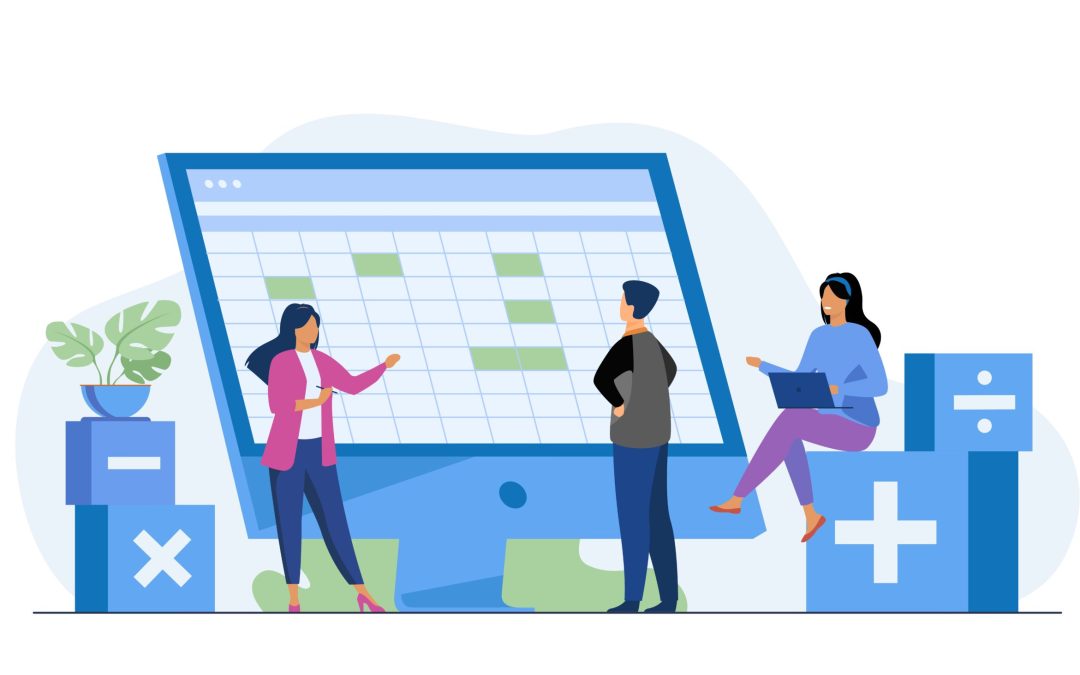Revenue recognition is an integral part of accounting for businesses. Managing and tracking revenue is no simple task, especially for subscription-based services. Even though subscription services have redefined the face of business as we know it, bringing new values and convenience to the consumers, this new billing model introduces new challenges in accounting and reporting revenue. Here are some basics about revenue recognition and compliance standards such as ASC 606.
What is Revenue Recognition?
In simple terms, Revenue Recognition is an accounting principle in which, under specific conditions, businesses recognize income as revenue and how they account for it.
For digital companies offering a digital service over a period of time, this process entails calculating the time period over which the service was delivered and recognizing a portion of the amount paid each day (or week, month, etc.) during that period. Generally, from a SaaS accounting perspective, the income can only be recognized as earned revenue when the product/service is fully delivered to the customer.
Let’s suppose a customer entered a 12-month contract with music streaming Company A. The monthly subscription fee is $10 plus a one-time $20 registration fee. On day one of the contract, Company A collected $30. The $30 is in their bank account. Can Company A recognize all of the $30 as earned revenue immediately? Not quite. Only the $20 registration fee is earned. The rest cannot be recognized until after one month, when the service has already been delivered. What if the customer pays $140 upfront instead monthly for the whole 12-month worth of service? Company A would still not be able to recognize that whole $140 as earned revenue. They would have to recognize $10 each month until the end of the contract.
ASC 606
What is ASC 606?
ASC 606 is the new revenue recognition standard that requires compliance from all businesses that enter into contracts with customers, whether private, public or non-profit. It was established jointly by the Financial Accounting Standards Board (FASB) and International Accounting Standards Board (IASB) to provide a framework to guide businesses in recognizing their revenue.
The 5 Step Model
The 5 Step Model was developed by FASB and IASB to improve consistency in financial reporting and simplify the process of financial statements.
Here are the guided 5 steps for the contract process:
1. Identify the contract with a customer.
This step outlines the criteria that need to be met when establishing a contract with a customer
2. Identify the performance obligations in the contract
This step demonstrates all obligations or deliverables in the established contract. If the services or products are distinct, they need to be accounted for separately.
3. Determine the transaction price
This step defines what factors businesses have to consider when establishing the transaction price, which is the expected amount to receive in exchange for the product or service.
4. Allocate the transaction price:
This step explains guidelines for price allocation across the contract’s separate performance obligations. This is the amount that the customer agrees to pay.
5. Recognize revenue when or as the entity satisfies a performance obligation
This step specifies how businesses should recognize revenue when they meet each performance obligations.
How we can help
We understand moving your business to a subscription-based model can be complicated and challenging. Making sure your business meets the new compliance standards will take time and detailed planning. However, it shouldn’t be a dreadful process. As cloud billing experts, we would like to offer you practical help throughout every step of this journey.
Schedule a demo with us for a personalized experience and learn more about what our solutions can do for you.

